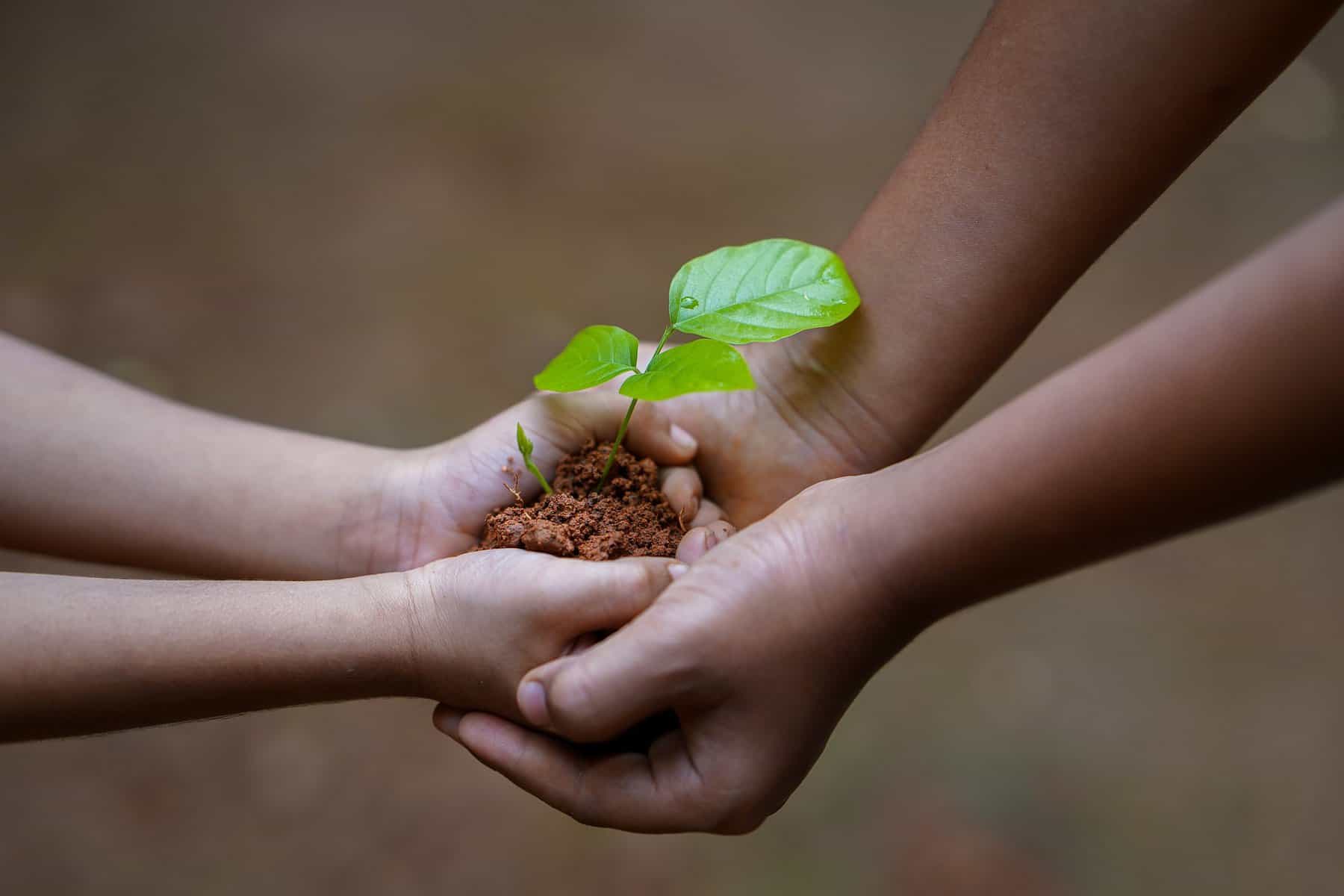Novel Tools and Strategies
Novel tools, technologies and strategies need to be deployed to eradicate biotic threats.
overview Te Tirohanga Whānui
Invasive species continue to change native ecosystems in Aotearoa through competition, predation, infection and habitat alteration. Biological invasions also have large economic impacts on our primary industries, as well as cultural and social impacts on our people.
New Zealand’s biosecurity systems are not well enough equipped to deal with emerging threats in an ever-changing global environment.
We need to be able to intercept more biosecurity threats that appear at our airports, mail centres and seaports, before they enter the environment, establish, and spread. We also need better tools and strategies to deal with pests that have already breached our border and set up shop.
Teams investigating Novel Tools & Strategies were working towards creating a better biosecurity network of 5 million through three very different projects, while supporting the mahi (work) of those already working hard in this field.
By authentically partnering with mana whenua and involving end-users throughout the research and design phase, this investment aimed to enable real, ‘on the ground’ change for New Zealand’s biosecurity system.
This programme is split into two work streams:



